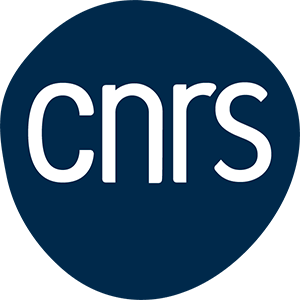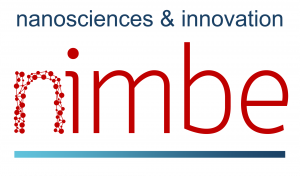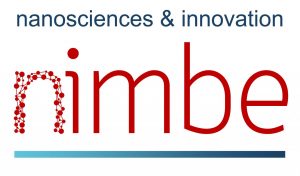Domain, Specialties : Materials chemistry
Keywords: Nanomaterials, Analytical chemistry
Research Unit : NIMBE / LEDNA
Summary
Per- and polyfluoroalkyl substances (PFAS) are highly persistent molecules in groundwater and soils. Their stability comes from the robustness of C–F bonds, which require highly energetic processes for cleavage. While thermal degradation (>1000°C) can break these C–F bonds, it demands strict control of byproducts (notably HF). As an alternative, electrochemical processes are being investigated to generate reactive species (•OH, eₐq⁻) capable of breaking C–F bonds through radical mechanisms. Photocatalytic approaches are also gaining attention, involving the activation of semiconductors under UV/visible illumination to produce electron-hole pairs and generate oxidative (•OH, O₂⁻•) or reductive (eₐq⁻) species for the progressive mineralization of perfluorinated chains.
Full description
In this context of photocatalytic degradation, hydrogenated nanodiamonds emerge as a promising candidate. Recognized as a solid source of solvated electrons under UV illumination (supported by research conducted at NIMBE[1]) they have recently been tested as photocatalysts for the degradation of perfluorooctanesulfonate (PFOS) with encouraging results[2].This internship aims to build upon preliminary work at NIMBE, which confirmed the efficacy of hydrogenated nanodiamonds in the photodegradation of certain PFAS. The project will explore the performance of hydrogenated nanodiamonds of varying sources[3] and elucidate the underlying mechanisms driving the process. Photocatalytic reactions will be conducted using illumination setups equipped with different light sources, and catalytic processes will be mainly monitored via LC-MS.
The intern will develop expertise in the synthesis and characterization of nanomaterials, photocatalysis, and analytical chemistry. Key techniques will include dynamic light scattering, zeta potential measurements, infrared and Raman spectroscopy, photoelectron spectroscopy, electron microscopy, liquid chromatography, and nuclear magnetic resonance.
Location
CEA Saclay, (91) Essonne, France
Internship conditions
- Internship duration: 6 months
- Level of study: Bac+5
- Training: Master 2
- Continuation in PhD thesis: No
- Application deadline: 16 février 2026
Experimental skills
Language : English
Links
- Web site of the laboratory: NIMBE / LEDNA
- Web page of the supervisor




